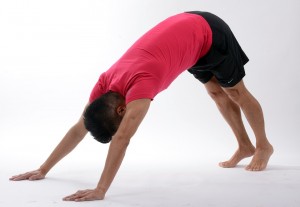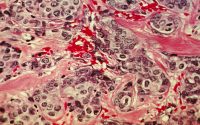Cardiovascular Responses to Skeletal Muscle Stretching
Stretching is commonly prescribed for increasing flexibility and range of motion, enhancing muscular coordination, and preventing prolonged immobilization. However, emerging evidence suggests that short-term (acute) or long-term (chronic) stretching exercise may have beneficial cardiovascular responses as well. Researchers from University of Iowa conducted a review to highlight potential relationships between skeletal muscle stretching and cardiovascular regulation and function. The study was published in the journal Sports Medicine.
The idea that a cardiovascular component may be influenced by human skeletal muscle stretching is relatively new. The rationale is that at the onset of stretch, the mechanical deformation of the vascular bed within the musculature coupled with stimulation of Group III muscle afferent neuron fibres can initiate a series of events resulting in both peripheral vasodilation and a heart rate-driven increase in cardiac output, blood pressure, and blood flow to the muscles. This offers the potential to increase blood flow without the use of excessive muscle energy expenditure.
The current literature suggests that short term stretching has a few clear vascular effects (e.g. arterial stiffness). It also causes considerable macro- and micro-circulatory events that may alter blood flow and the relationship between oxygen availability and oxygen utilization. These acute vascular changes if performed long term may result in improved endothelial function of the blood vessel walls, improved arterial blood vessel stiffness, and/or reduced blood pressure. Although several mechanisms have been postulated, an increased nitric oxide bioavailability has been highlighted as one promising candidate for the reason for the improvement in blood vessel function with stretching.
The authors hypothesize that habitual or long term stretching may serve as a novel and alternative low intensity therapeutic intervention capable of improving several parameters of vascular function for clients with cardiovascular conditions who cannot otherwise perform strenuous exercise. We look forward to future research in this area.



